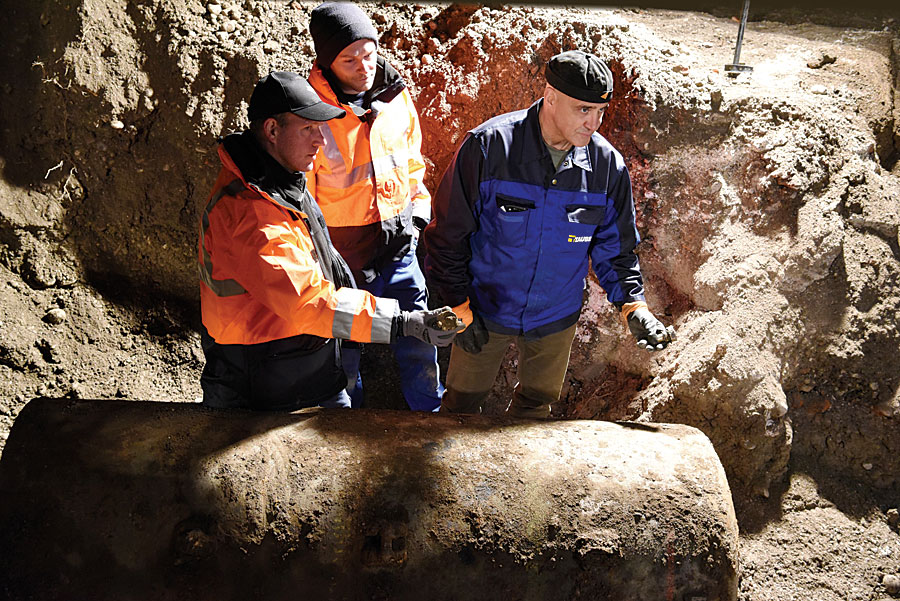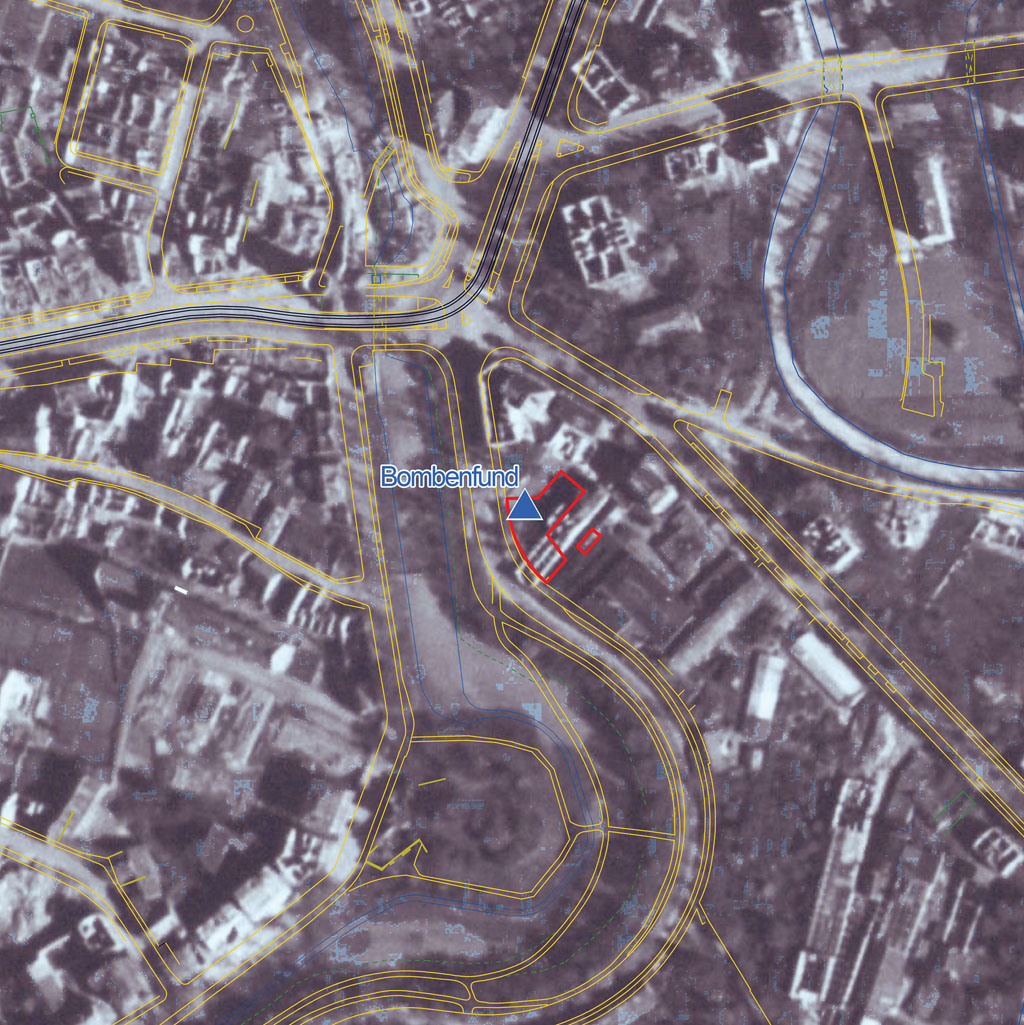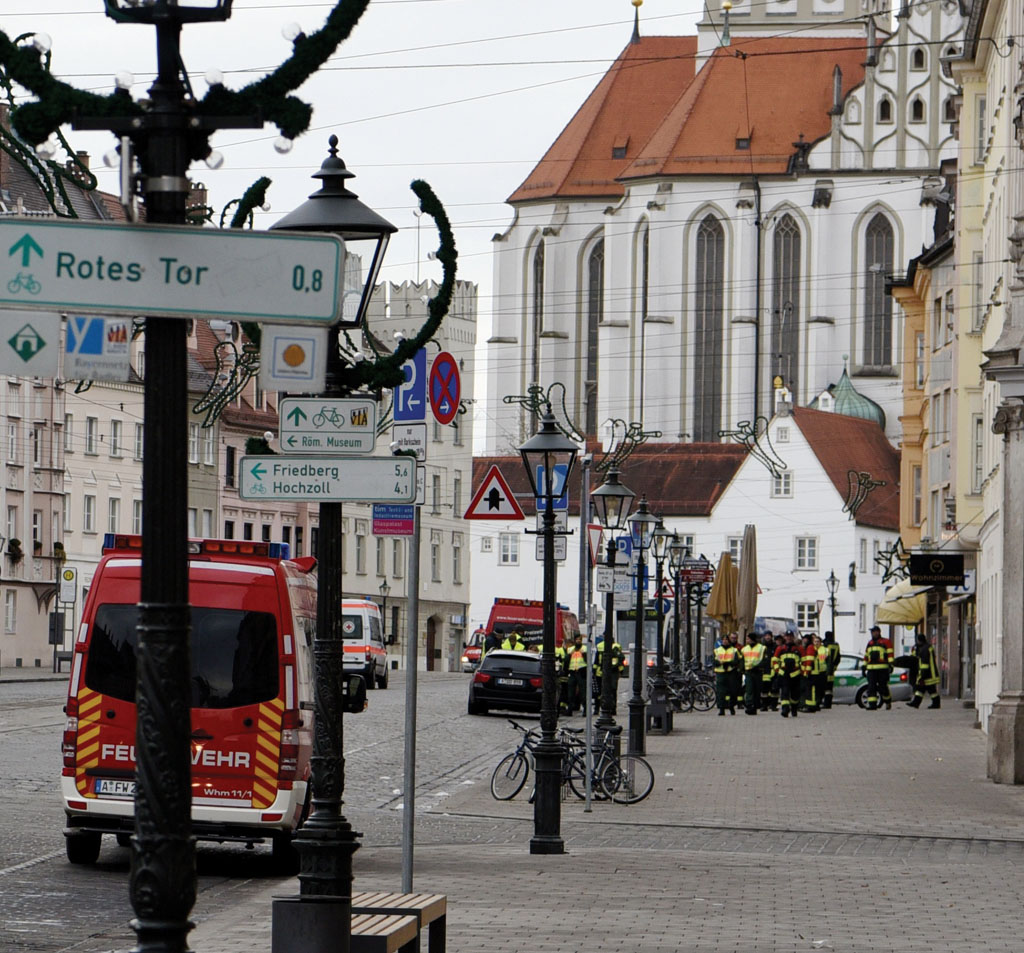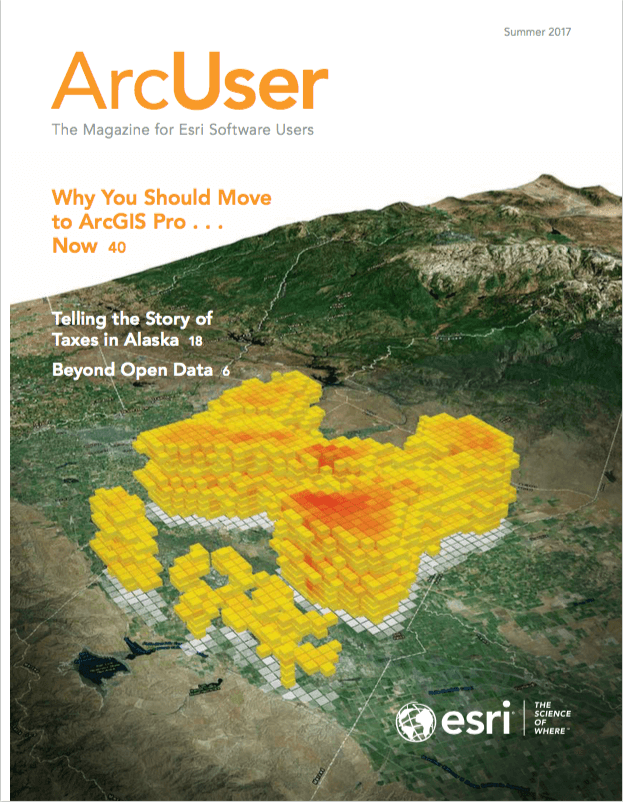By some estimates, half of the 2.7 million tons of bombs dropped on Europe during World War II landed in Germany. Each year, 2,000 tons of unexploded munitions are uncovered in Germany. Each time a bomb is discovered, the responsible municipal government must swiftly evacuate residents until the bomb is defused.

It wasn’t how the residents of the City of Augsburg, Germany, had pictured their Christmas holidays in 2016.
A 1.8-ton aerial bomb, discovered during a construction project in December 2016—but originally dropped by the Royal Air Force (RAF) in February 1944—forced the evacuation of 54,000 residents on Christmas Day. Before the bomb could be defused, people living in a radius of 1.5 kilometers around the site had to be evacuated. This meant evacuating most of the residents in the city center and adjacent neighborhoods.

The city’s use of geodata helped carry out the massive evacuation—the largest in postwar Germany—and return residents to their home by Dec. 26. Augsburg has been working with ArcGIS for more than nine years. The Office of Geodata (Geodatenamt), Augsburg’s municipal surveying office, is responsible for the geodata infrastructure. Its geoportal is based on WebOffice, a web client developed using the ArcGIS API for JavaScript by Esri partner AED-SYNERGIS. It runs on the city’s internal network, supplying geodata to all city departments and simplifying and improving the city’s processes.
The municipal crisis team responded. Its 23 members are employees of the city council, the mayor, fire and police departments, medical services, municipal utilities, and Agency for Technical Relief. The crisis team used ArcGIS to identify and document a 741-hectare area for evacuation. The location of roads, industrial development, and other characteristics of the area were considered. Approximately 32,000 households and 6,136 addresses were affected. The team used a map of the city showing the evacuation area and a Microsoft Excel spreadsheet listing the addresses to organize the evacuation.

One thing turned out to be highly useful: The geoportal manager at the Office of Geodata has specialized training in emergency situations and creating maps that provide a common operational picture. He works with the emergency management leadership group, an interagency group responsible for safety and security that coordinates response and ensures collaboration across departments.
In addition, the Office of Geodata had also commissioned an experienced GIS professional who prepared a map of the city showing the 32 zones in the evacuation area that had been specified by the crisis team. He created detailed large-format (A3 or 11.7-inch by 16.5-inch) zone plans. By working two night shifts, the Office of Geodata Output Center staff generated printed copies of the zone plans and the other map materials that were needed.
These plans showed the routes that emergency personnel in each zone were to walk to ensure the complete evacuation of designated areas. Emergency personnel were organized into teams of 20 to 40 persons. In evacuating residents from designated areas, paper maps proved more useful than digital maps. The crisis team and the more than 4,000 emergency staff from the Agency for Technical Relief, fire and police departments, medical services, municipal utilities, and other groups were involved in the evacuation. Employees of the City of Augsburg and volunteers from other local governments in Bavaria relocated hospital patients and residents of retirement homes in the affected area. Printed maps of the city were especially useful for these volunteers.
Everything went smoothly. The bomb was discovered by a construction worker on December 20. The next day the situation was analyzed. A holiday, December 25, was chosen for the evacuation. The last of the residents who were evacuated from hospitals and nursing homes were returned on December 26.
For more information, contact Wilfried Matzke, director, Geodatenamt der Stadt Augsburg, at geodatenamt@augsburg.de.

